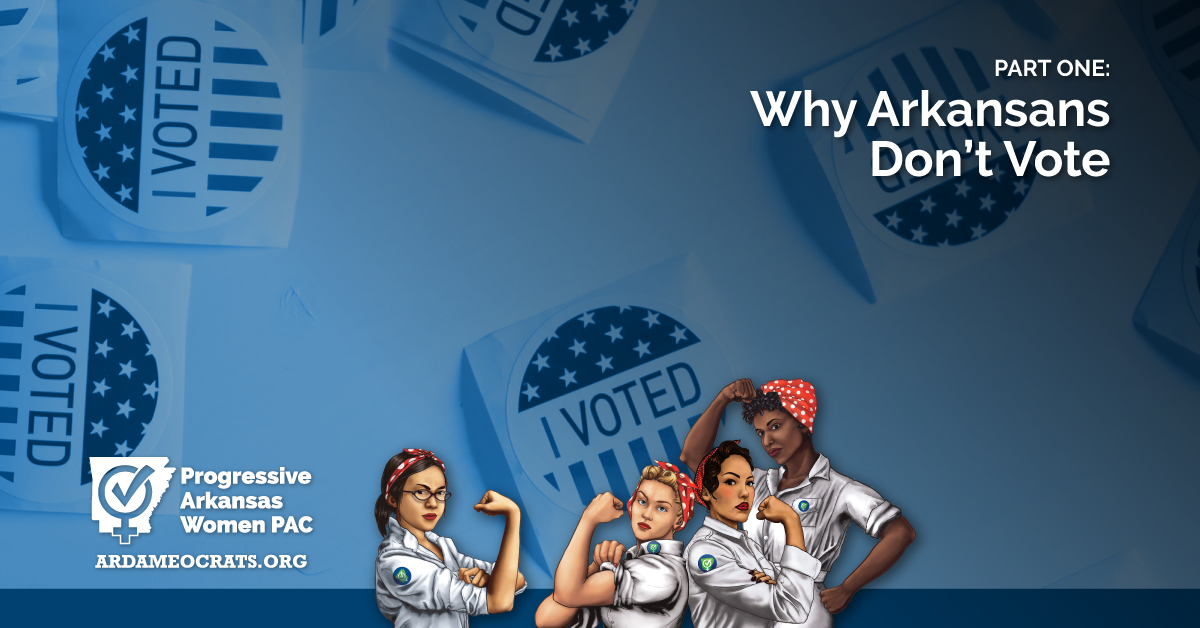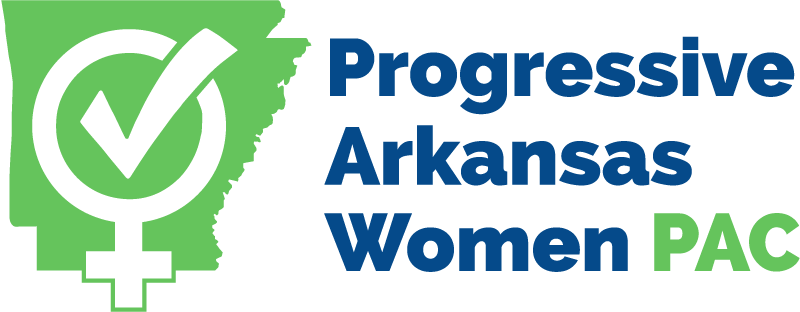
Voter turnout in Arkansas is dismal—especially among the young. The reason for this is simple: every part of the process is difficult to navigate. Unnecessarily so.
According to the US Census Bureau, in 2018 in Arkansas only 55 percent of those eligible to vote registered, and of those, only 42 percent turned out to vote. This is worse than the national average—which isn’t that great. For the young, the stats are even worse. Here is a link to the data tables from the US Census Bureau.
An analysis of why Arkansans don’t vote starts with our voter registration process.
Let me go through the cumbersome and burdensome steps it takes to register in this state.
First, a potential voter must find the right form to apply. Yes find the form. Though it is available online, you have to locate it, download it, fill it out and send it in by mail or deliver it in person to your County Clerk’s office. There are places you can go to complete the form in person which are listed here:
- State revenue offices, driver services:
Note: this is one of only two locations where people are asked if they want to be registered (if the revenue clerk remembers to ask) when obtaining or renewing a driver’s license. Registering this way involves an electronic transmission it to the appropriate County Clerk’s office, so it’s at least better than making a person make a separate trip to turn in the registration form. But even so, the erstwhile voter is still responsible for following through by contacting the County Clerk to confirm he/she is in fact registered. - Public Libraries or the Arkansas State Library;
- Public assistance agencies (these agencies are also required to ask);
- Disability agencies;
- Military recruitment offices;
- Arkansas National Guard offices;
- The County Clerk’s office in or near your county courthouse.
Note: While you can pick up the forms at the above offices, mail or deliver them yourself, or leave the completed form for the office to deliver, your form must get to the County Clerk’s office in the county where you live.
Occasionally there are voter registration drives conducted by civic-minded organizations that will have the forms with them for you to fill out. Voter registration drives groups will also deliver your completed form to the County Clerk or Secretary of State for processing.
But no matter how a potential voter finds a form and fills it out, the registration is not complete until the voter receives confirmation in the mail from the County Clerk. This can take two weeks or more. Moreover, it’s still the responsibility of the potential voter to check on the status of the registration. If a person hasn’t received confirmation after a few weeks, it up to him/her to follow up and will require a call to the County Clerk to find out what has happened. With all the steps and delay, it’s no wonder too many people find registering just too much trouble. There is no earthly reason, it has to be so difficult.
So what’s the solution? Make it easier to register to vote, of course, and this is how to do it: streamline the process by any or all of the following simple changes:
- Automatic Voter Registration. Any potential voter who interacts with a governmental agency is automatically registered. or has their existing registration updated with any address change, name change, etc. There is an opt-out provision mailed to the voter with his or her confirmation giving the voter the option to object to being registered to vote. Sixteen states plus Washington DC already do this. The Brennan Center for Justice has more information here.
- Online Voter Registration. According to the National Conference of State Legislators, as of October 2018, a total of 37 states plus Washington DC offer online registration. Oklahoma is currently phasing it in, too. This streamlines the process and eliminates the requirement of filling out a paper form (though that is still an option). Verification, of course, is done before any registration is accepted. You can read more about that here.
- Same Day Voter Registration. As of June 2019, there are 21 states doing this. This option gives people who may have just moved into the state, or for a myriad of other reasons didn’t get registered by the deadline, to vote in the election. SDVR involves casting a provisional ballot which is only counted after proper identification verification: a voter is required to show an ID and some proof of residency. States currently doing SDVR employ various methods to ensure the security of this option. You can read more about it here.
In the states that have adopted streamlined and simpler registration methods, voter registration has increased significantly and registration of young people has also increased.
Each of these alternate methods of registering voters increases voter registration, makes voter records more accurate, and saves money. There is absolutely no justification for making registering so burdensome. After all, we want more people to vote, don’t we? Arkansas legislators should pass laws in 2021 to make these changes. Other changes can be made by federal legislation, too.
So what to do before we vote in progressive women who will pass laws to encourage rather than discourage voting? Get involved in voter registration drives now. For instance, contact the Arkansas League of Women Voters or your local chapter of the ACLU of Arkansas or get your local club or organization to do it. I’m in to participate, who else is?
There’s more to talk about. Stay tuned.

Susan Inman
Susan Inman was Director of Elections for a former Arkansas Secretary of State, former member of the Arkansas State Board of Election Commissioners, founder and first president of the Arkansas County Election Commissions Association. She has volunteered with the US Department of State as an international election observer, observing over a dozen elections in Eastern Europe, Central Asia, and the Caucasus.
